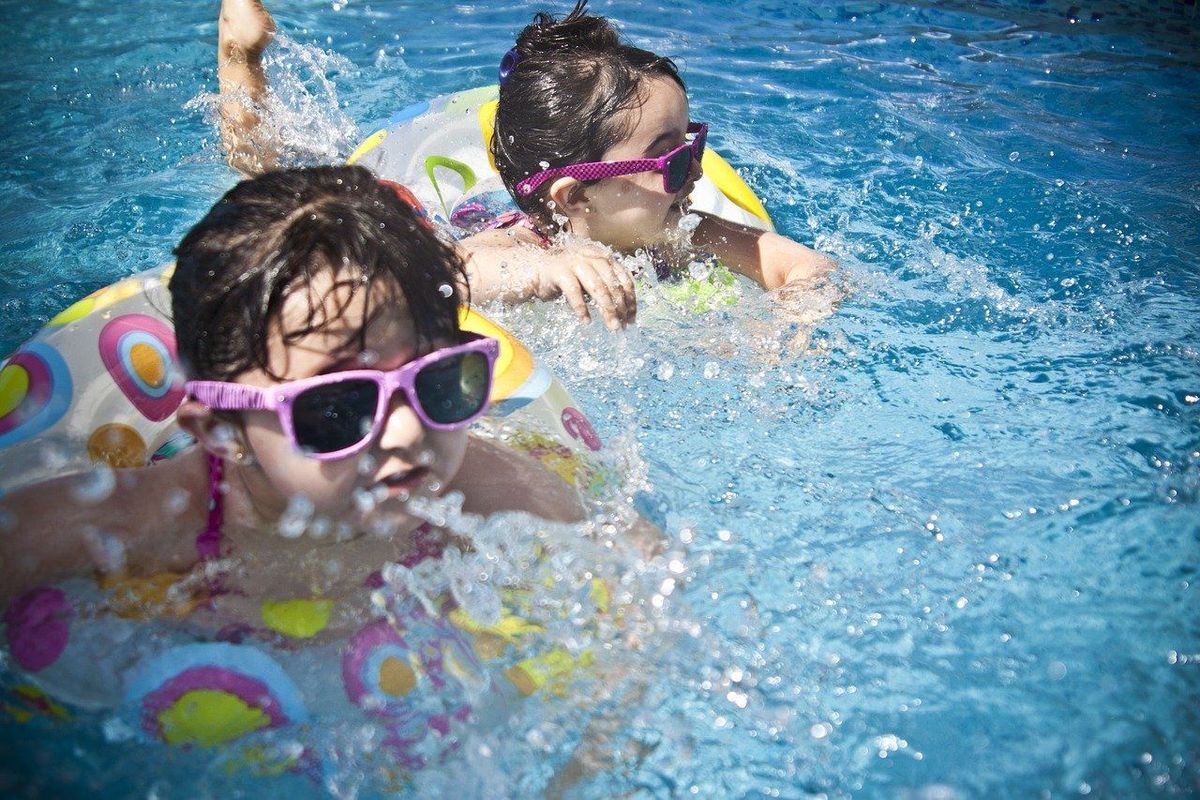Child Drownings Increase, Mostly in Home Pools


Drowning remains the leading cause of accidental death for children under five, and a new report finds little to cheer about, as child drownings increased in nearly every category studied.
The report by the U.S. Consumer Product Safety Commission (CPSC) found:
- an increase in pool-or spa-related fatal drowning incidents among children younger than 15 years old;
- on average, there were 397 reported pool-or-spa-related fatal drownings per year for 2016 through 2018, involving children younger than 15 years of age; and
- seventy-five percent of the reported fatal drownings from 2016 through 2018 involved children younger than five years of age- eighty-three percent of these were at residential pools.
“As we enter the summer months, parents and caregivers must be mindful of the pandemic’s impact on their children’s swimming ability and water safety skills,” said CPSC Acting Chairman Robert Adler. “CPSC’s latest report confirms that most child drownings involve children under the age of five, whose limited experience around the water due to recent social distancing restrictions could put them at greater risk of drowning.
“With fewer children attending swimming lessons during the past year, it is critical to refresh these and others the life-saving skills, while practicing increased vigilance both anywhere children are swimming and during non-swim times as well,” Adler said.
Swimming safety tips
As the pandemic closures wind down, more kids will be going to public pools and attending pool parties at private homes. The CPSC offers these pool safety tips:
- Never leave a child unattended in or near water, and always designate an adult Water Watcher. This person should not be reading, texting or using a smartphone. In addition to pools and spas, this warning includes bathtubs, buckets, decorative ponds, and fountains.
- If you own a pool or spa, install layers of barriers to prevent the unsupervised child from accessing the water. Homes can use door alarms, pool covers, and self-closing, self-latching devices on doors that access the pools and on gates of four-sided fences.
- Learn how to perform CPR on children and adults. Many communities offer online CPR training.
- Learn how to swim and teach your child how to swim.
- Keep children away from pool drains, pipes and other openings to avoid entrapments.
- Ensure any pool and spa you use has drain covers that comply with federal safety standards and if you do not know, ask your pool service provider about safer drain covers.
Additional health and safety considerations for visiting public pools during COVID-19 are available from the Centers for Disease Control and Prevention, here.
You can read the full CPSC drowning and entrapment reports by visiting PoolSafely.gov.
